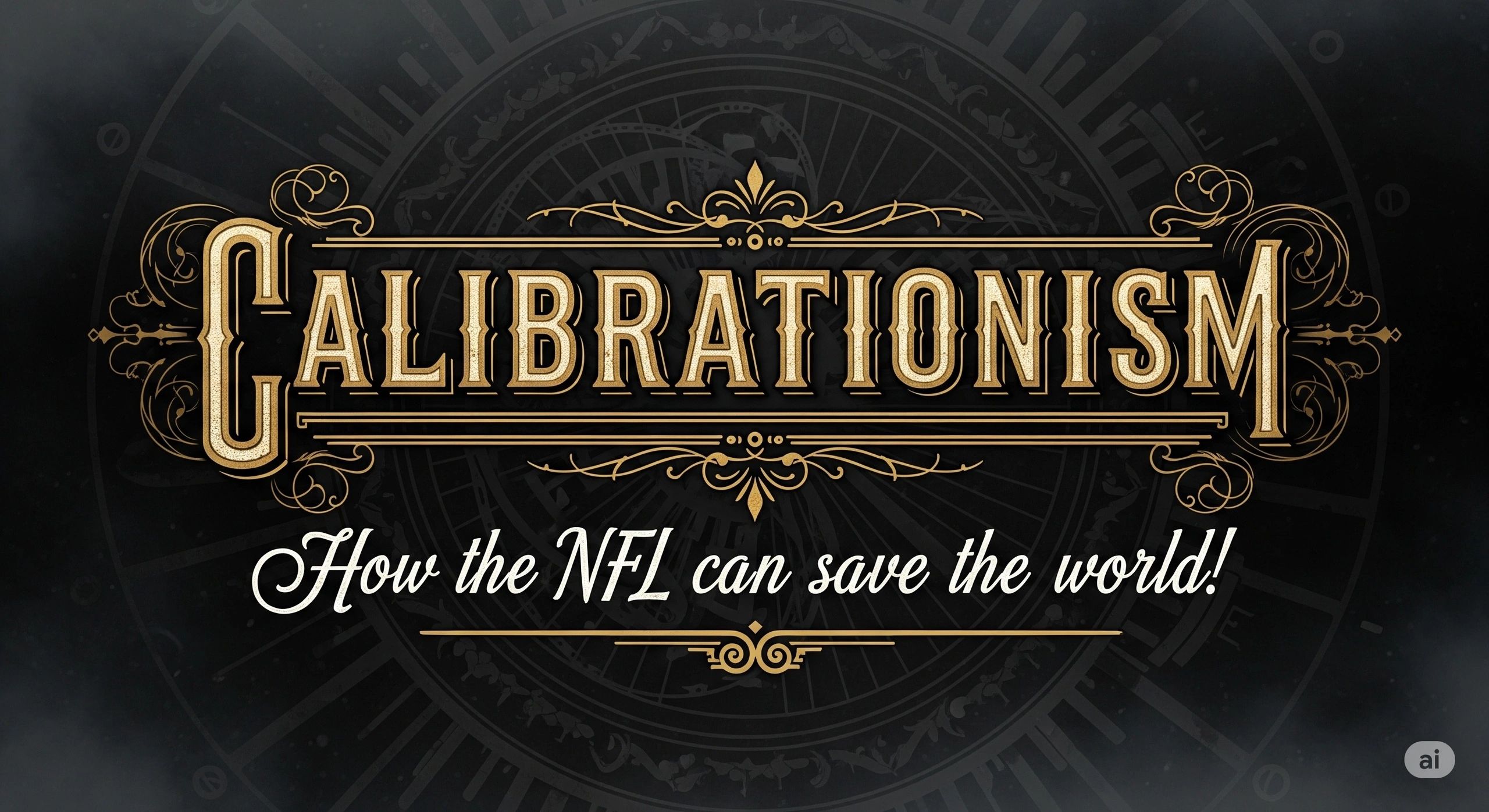Signed in as:
filler@godaddy.com
Signed in as:
filler@godaddy.com

From 1940 to 1980, the United States enjoyed robust economic expansion with high GDP growth and relatively low government debt. However, since 1980, GDP growth has slowed, government debt has soared, and the economic power of the middle class has eroded.
To date, no consensus solution has emerged. Some Democrats believe expanding government services can fix these systemic issues, while many Republicans advocate for scaling back healthcare and retirement benefits for the middle class. I call my proposal “Calibrationism”, a two-year structural adjustment to reset the economy to pre‑1980 norms.
What is Calibrationism?
Definition: Government’s primary role is to “calibrate” the economy—setting parameters based on historical performance. It identifies optimal past conditions and actively maintains similar ratios today.
This document demonstrates why GDP growth has averaged only 2.6 % since 1980, despite massive debt‑financed government spending, and how we can restore high growth, lower debt, and revive the middle class.
Author’s Perspective
I’m Jay Gianukos, a documentary filmmaker with degrees in political science. I became intrigued by the housing affordability paradox: If people can’t afford homes, prices should fall—but they didn’t. The cause? Income inequality: total buying power remains constant, but wealth flows upward, leaving the same number of buyers in a concentrated minority.
Income Inequality: Then vs. Now
According to Pew, from 1940–1980:
Today:
What Changed Post‑1980?
Competitive pressures led large corporations to chase top talent—executives, engineers, lawyers—offering inflated compensation by cutting costs elsewhere: middle-class salaries, pensions, and healthcare.
Economic Growth & Debt: The Numbers
That’s roughly 1 percentage point slower than the full 20th-century average of 3.6 %. This persistent slowdown occurred even with mounting debt and increased federal spending ().
Meanwhile, federal debt exploded:
Bottom line: trillion-dollar deficits pumped cash into the economy—but GDP growth lagged behind—and the middle class continued losing ground.
Social Spending & Debt
With rising elderly and healthcare costs, government stepped in with Social Security, Medicare, Medicaid, and Obamacare. These programs, funded by borrowing (not taxes), now constitute about 70 % of the federal budget (source: author’s estimate).
The NFL Analogy
The NFL solved a similar problem in 1993: to prevent richer teams from dominating, it mandated revenue sharing and salary caps, guaranteeing ~50 % of league revenue to players equally across teams.
📈 Outcome: The NFL’s revenue grew from $4 billion in 2000 to $19 billion today, while baseball—a league without such parity—stagnated around $11 billion ().
The message: Competition thrives when structural balance is enforced.
Calibrationism in Practice
Projected outcomes:
Conclusion
Adam Smith’s metaphor—“A rising tide lifts all boats”—relies on rising GDP. Calibrationism realigns pay distribution to ensure growth benefits are broadly shared. Like the NFL, we can set structural rules so performance—innovation, efficiency—determines outcomes. Restoration of a functional economic ladder leads to sustainable, inclusive prosperity.
Summary of Key Corrections & Citations
Let me know if you’d like deeper analysis on any section!
(310)435-5368
Showcase your happy customers and their positive experiences with your brand with our testimonial video production services. We create authentic, compelling testimonial videos that effectively communicate the value of your products or services.
Simplify complex concepts and processes with our explainer video production services. Our team creates engaging explainer videos that effectively communicate your message and educate your audience.
Capture the beauty and excitement of your travel destination with our travel video production services. Our team specializes in creating visually stunning travel videos that inspire and motivate viewers to book their next adventure.
Showcase your fashion brand and products with our fashion video production services. Our team creates visually stunning fashion videos that capture the essence of your brand and products and connect with your target audience on an emotional level.
Tell a powerful story with our short film production services. Our team of experienced filmmakers creates short films that leave a lasting impression on viewers and effectively communicate your message.
If customers can’t find it, it doesn’t exist. Clearly list and describe the services you offer. Also, be sure to showcase a premium service.
We use cookies to analyze website traffic and optimize your website experience. By accepting our use of cookies, your data will be aggregated with all other user data.